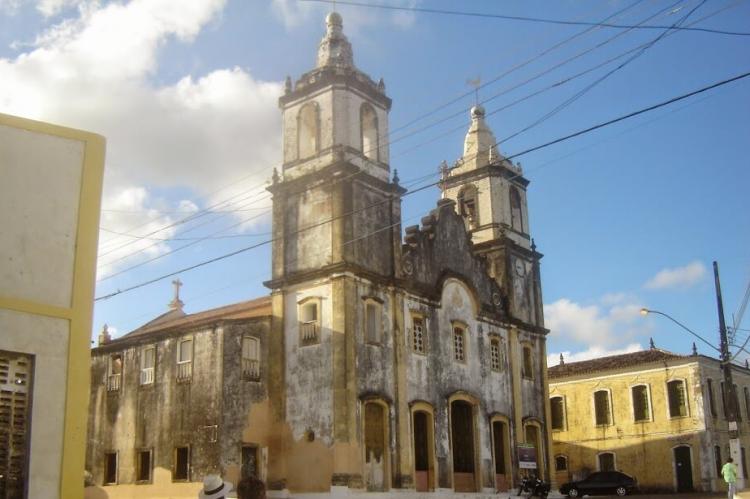São Francisco Square: São Cristóvão (Brazil)
São Francisco Square in the town of São Cristovão is a historic plaza consisting of an open space surrounded by substantial early buildings. It is a well-preserved example of northeastern Brazil's Spanish colonial and Portuguese Franciscan architecture.
São Francisco Square: São Cristovão
São Cristóvão (Saint Christopher) is a town in the northeastern Brazilian state of Sergipe. Founded at the mouth of the Vaza-Barris River on January 1, 1590, it is the fourth oldest settlement in Brazil. São Cristóvão is noted for its historic São Francisco Square and its numerous early colonial-period buildings.
São Francisco Square in the town of São Cristovão is a World Heritage Site. It consists of an open space surrounded by substantial early buildings. The complex is a well-preserved example of northeastern Brazil's Spanish colonial and Portuguese Franciscan architecture.
The square represents a rare example of the fusion of colonial Spanish and Portuguese city planning. São Francisco Square is ringed by religious, administrative, and residential structures; in time, additional religious and residential structures were constructed just beyond the square proper.
Buildings include São Francisco Church and Convent, the Church and Santa Casa da Misericórdia, and the Provincial Palace. Associated houses of different historical periods surround the square, including relevant civil and religious institutional buildings.
Historic Churches
- Church and Convent of Santa Cruz, or Convent of Saint Francis and the Church of the Good Jesus of Glory, now the Sacred Art Museum (Igreja e Convento de Santa Cruz)
- Misericórdia Hospital and Church (Igreja e Santa Casa da Misericórdia)
- Church of Our Lady of the Rosary of Black Men (Igreja de Nossa Senhora do Rosário dos Homens Pretos)
- Church of Our Lady of Protection of the Mulattoes (Igreja de Nossa Senhora do Amparo)
- Church and Convent of Mount Carmel (Igreja e Convento do Carmo)
- Church of the Third Order of Mount Carmel (Igreja da Ordem Terceira do Carmo)
- Parish Church of Our Lady of Victory (Igreja Matriz de Nossa Senhora da Vitória)
Historic Residences
- Sobrado at Rua Castro Alves, 2
- Sobrado at Rua da Matriz
- Sobrado at Rua das Flores
The urban landscape and the surrounding 18th- and 19th-century houses reflect the town's history since its origin. The Franciscan complex is an example of the typical architecture of the religious order developed in northeastern Brazil.
São Cristóvão was divided into two distinct zones:
- the lower city, or cidade baixa, where the port, factories and popular houses were located
- the upper city, or cidade alta, located on the top of a hill
São Francisco Square developed as the focal point of the upper city and came to house the headquarters of colonial civil, military, and religious institutions. It also offered a strategic military vantage point to monitor the lower city, the land regions around São Cristóvão, and the Atlantic Ocean coast.










